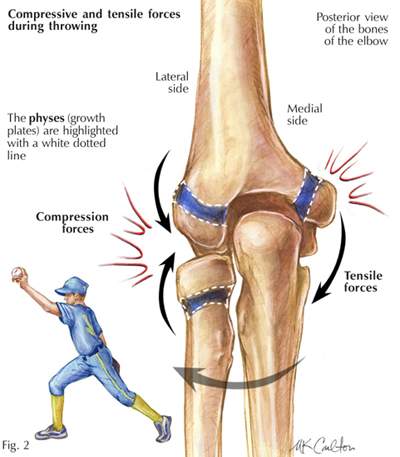Written by Carol on February 26, 2015 |

Does running a race seem too daunting? Or do you feel running for fitness is beyond your level? Well, just because walking is the most basic form of mobility, it shouldn’t be overlooked when trying to boost our activity and fitness levels. The benefits from regular walking can be lifesaving. According to the American Heart Association a regular walking routine (at least 30 mins. of brisk walking 4-7 days a week) reduces the risk for heart disease, diabetes, and stroke; increase bone density; helps control weight; and helps maintain balance and coordination.
Continue Reading »
Written by Carol on February 18, 2015 |

So you want to run a race in 2015 even if your running shoes haven’t seen much action? Setting a race goal can be a heart smart resolution with a big health payoff. It provides a concrete goal, and encourages consistent exercise. Here are some things to help you get started, keep at it, and cross the finish line.
Continue Reading »
Written by Carol on February 12, 2015 |
 It is already 1 month into the New Year and you are still having trouble starting your New Year’s resolution to start a fitness program and get in shape….. but where to start? Becoming more physically fit is great for anyone’s health, but preventing injury while doing it is equally important. Here are a number of steps to take to get started and prevent injury.
It is already 1 month into the New Year and you are still having trouble starting your New Year’s resolution to start a fitness program and get in shape….. but where to start? Becoming more physically fit is great for anyone’s health, but preventing injury while doing it is equally important. Here are a number of steps to take to get started and prevent injury.
Continue Reading »
Written by Jon on February 6, 2015 |

As spring approaches, so does the start of baseball season. This means a lot of throwing activities and also means many young players (ages 8-15) developing elbow pain. “Little Leaguer’s Elbow” aka medial epicondyle apophysitis is a common overuse injury associated with overhead throwing. It should be noted that other young athletes who play volleyball, tennis, and football (quarterback) can also develop this condition. Little Leaguer’s elbow is the result of repetitive stress/strain to the growth plate on the inner part of the elbow known as the medial epicondyle. With frequent overhead throwing, the growth plate can become very irritated and inflamed. Symptoms typically include pain (achy, sharp), tenderness, swelling, and stiffness along the inside of the elbow. Pain is usually worse when trying to throw the ball hard or far. Early detection is important and you should consult a doctor right away when symptoms occur.
Continue Reading »




 It is already 1 month into the New Year and you are still having trouble starting your New Year’s resolution to start a fitness program and get in shape….. but where to start? Becoming more physically fit is great for anyone’s health, but preventing injury while doing it is equally important. Here are a number of steps to take to get started and prevent injury.
It is already 1 month into the New Year and you are still having trouble starting your New Year’s resolution to start a fitness program and get in shape….. but where to start? Becoming more physically fit is great for anyone’s health, but preventing injury while doing it is equally important. Here are a number of steps to take to get started and prevent injury.